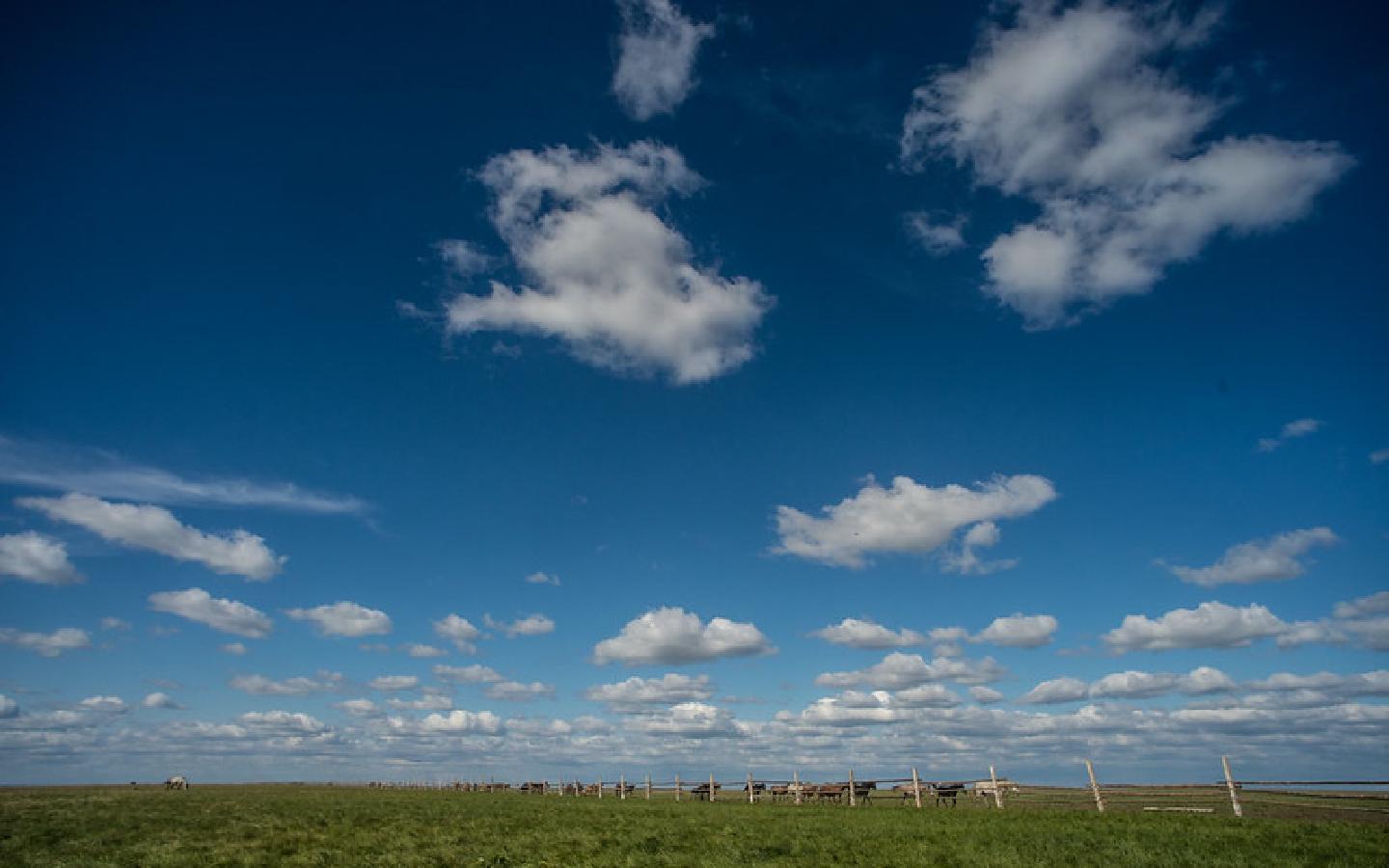ADB and Agence Française de Développement are helping the Philippines transition to a low-carbon and climate-resilient economy through policy reforms that drive climate actions in the key sectors of agriculture, natural resources, environment, energy, and transport.
Vulnerability to Climate Change
The pandemic, food shortage, and the Russian invasion of Ukraine demonstrate how vulnerable the Philippines is to external shocks. Climate change threatens it further. Rising temperatures, prolonged droughts, superstorms, and catastrophic cyclones aggravate the country’s already precarious predicament. Up to 60% of the country’s land area and 74% of the population are exposed to natural hazards, with 21% to 45% of the Philippines’ gross domestic product at risk by 2048. From 2000 to 2019, the country was fourth globally in terms of vulnerability to climate change. The effects of climate change also threaten food security in the country. Projections show that cereal production will decrease by 6.1% and food prices will increase from 4% to 24% by 2050 if the government does not implement adequate adaptation measures. This could further increase the number of poor people—about 13% will be at risk of hunger.
The government has done much to mitigate the effects of climate change in the country and has been an early mover in adopting climate policy. Implementation across the key sectors, however, has been slow. To address this, ADB and Agence Française de Développement (AFD) developed the Philippines: Climate Change Action Program. With two planned subprograms, the Climate Change Action Program is helping the Philippines transition to a low-carbon and climate-resilient economy by increasing and intensifying climate actions in the agriculture, natural resources, environment, energy, and transport sectors. A $421.7 million loan ($171 million from the AFD and $250 million from ADB) was provided to support the first subprogram. It represents ADB’s first dedicated climate change policy–based loan addressing climate change as its core objective.
“A major accomplishment of the first subprogram was bringing together coherent, sector-driven policy reforms to help deliver the Philippines’ ambitious targets under its Nationally Determined Contribution (NDC)—a key input to the global Paris Agreement,” Naeeda Crishna Morgado, one of the co-leads of the first subprogram, said. The NDC represents a country’s efforts to reduce emissions and adapt to climate change, with targets and plans to achieve them. The Philippines’ NDC aims to peak emissions by 2030 and reduce greenhouse gas emissions by 75%.
A major accomplishment of the program was helping develop sector-driven action to deliver the Philippines’ first NDC. The country’s NDC aims to reduce greenhouse gases by 75% by 2030.
"A major accomplishment of the Climate Change Action Program’s first phase was bringing together coherent, sector-driven policy reforms to help deliver the Philippines’ ambitious targets under its Nationally Determined Contribution—a key input to the global Paris Agreement "
~ Naeeda Crishna Morgado, ADB senior infrastructure specialist
ShareSector-Driven Climate Ambition
The program focuses on three reform areas to help the country reach its climate goals. Under Subprogram 1, the first reform area boosted the systems and institutions needed to develop sound climate policies and increase private and public climate financing. Activities in this area improved the capacity of the Climate Change Commission, the country’s climate policy coordinating body, the Department of Finance, the Department of Budget and Management, and the Department of the Interior and Local Government. The program helped them form better linkages among other government agencies and improve climate budgeting and planning at the national level while supporting local governments in doing the same. It also helped the government integrate climate finance into its national budget and include climate change considerations in all its projects. In addition, the program helped harmonize efforts on green finance in the public and private sectors by gathering agencies together to form a technical working group tasked to develop policies for green finance.
The program’s second aspect focuses on improving the country’s resilience to climate change through institutional reforms that are helping the agriculture sector manage and adapt to climate change. Under Subprogram 1, the program set up an agency tasked to oversee climate strategies, improve and decentralize climate communication activities, and integrate climate risks into the plans and projects of rural provinces. Subprogram 1 also helped the national agencies overseeing rural development delineate clear roles for climate management, improve monitoring of climate actions, and enhance agricultural insurance.
The third reform area is helping the country accelerate its shift from coal-fueled energy to renewables. Subprogram 1 mobilized financing for renewable energy through the Energy Transition Mechanism Partnership and facilitated reforms that allow users to select their renewable source of electricity. It also helped the government revise its grid services procurement to integrate more renewable energy sources.
Toward a Low-Carbon and Climate-Resilient Pathway
The program’s policy reforms have improved climate action in the Philippines and put the country on a low-carbon pathway. One example is the establishment of the Green Force, a high-level interagency task force on sustainable finance. The Green Force now oversees sustainable financing in the country and has led the adoption of a sustainable finance framework. This focus on climate financing has enabled the government to issue its first sovereign green bond.
The program has also helped modernize regulatory and institutional frameworks for climate-resilient agriculture. It established the Climate Resilient Agriculture Office to lead climate adaptation strategies. To provide farmers with more efficient and cost-effective services, the project assisted in transferring crop insurance from the Department of Agriculture to the Department of Finance. In addition, it promoted using satellites to assess planting and crop damage.
The program helped the country introduce reforms to promote the use of renewable energy. It established the Green Energy Option Program to encourage the development of renewable energy and storage while enabling consumers to access and utilize renewable energy sources. It also promoted the use of renewable energy in the transport sector by enacting the Energy Efficiency and Conservation Act.
The program’s second phase is now building on the foundation laid out by the program’s first phase. Projections show that when Subprogram 2 ends in 2025, the government will have raised $1.5 billion in green, climate, or sustainable sovereign bonds and at least $3 billion of climate-related development finance from bilateral and multilateral providers. The program would help more agricultural workers, too, as estimates show that by 2025, about 4 million farmers and fisherfolk will have access to inclusive climate services, thanks in part to this partnership among ADB, Agence Française de Développement, and the Philippine government.



